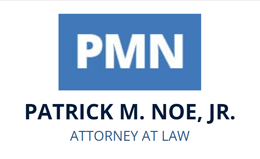Retirement plans and divorce
During the process of asset division pursuant to a divorce, one spouse might get part of the other spouse’s retirement plan. If this is the case, then there is a specific way to process this type of transaction.
This article will look at the formal process necessary to move retirement assets without diluting them excessively. It will also look at some of the details about dividing these assets in the first place.
Dividing complex assets during divorce
Couples typically do not divide every asset equally during divorce. In fact, many assets are nearly impossible to divide without liquidation. Examples would include family homes, collectibles, vehicles or art.
With that in mind, it makes sense that some couples choose not to divide retirement assets at all. In some cases, one spouse keeps a sizable retirement account intact. The other gets assets of equal value in return for their potential interest in the 401(k).
Conversely, some couples find that dividing the retirement account is more equitable. This is especially true in certain market conditions — many retirement plans are mostly equity securities.
Moving 401(k)-plan assets
After a couple decides to divide a retirement account, there are a few common steps in that process. They are as follows:
- Determining how much of the account needs to move
- Completing and communicating a qualified domestic relations order
- Rolling funds over tax-free into another, existing account, if applicable
The QDRO is a formal document that goes to the retirement plan, ordering its administrators to make the distribution. It is an important part of preventing unnecessary expenses. For example, making an early withdrawal from the account would typically be much costlier.

